Everyone likes old cars. But what to do about them? There’s a constant debate: restore or modify? And it’s not just the cars. I’m talking about you. Whatever you decide, the experience of the machine will change. And the value, too. So, let’s talk through this.
What Do You Want From Your Vintage Car?
Restoring: Bringing Back the Glory Days
A vintage car is one that’s been restored. In the process, the car traveled back in time to the period in which it was made. Every item, every screw, every shade of paint should be identical to the original factory specifications.
Pros of Restoration
- Historical value: A completely restored car has major historical value. You own a piece of automotive history.
- Resale Value: Authentic restorations often fetch higher prices. Collectors prefer originality.
- Classic Aesthetics: There’s something timeless about a car in its original form.
Cons of Restoration
- Cost: Restoring a car can be expensive. Finding original parts is often pricey.
- Time-Consuming: Restoration is a meticulous process. It requires patience and attention to detail.
- Restricted Performance: Original parts are equal to car performance as they were decades ago, which may not work with modern usability.
Modifying: Making It Your Own
Adapting a classic car is about customization and enhancement. It is about mixing and matching the old and the new. You should keep the original look but improve performance with modern technology.
Pros of Modification
Performance Enhancements Secondary to Improve Safety and Driveability: Modern engines, brakes, and suspension can make a car more enjoyable and safer to drive.
- Personalization: You can add features that suit your style and needs.
- Reliability: Modern parts can make the car more reliable and easier to maintain.
Cons of Modification
- Resale Value: Modifications can reduce the car’s value for purists who seek originality.
- Cost of Upgrades: High-quality modifications can be just as costly as restorations.
- Purist Criticism: Some car enthusiasts frown upon modifying vintage cars.
Restoration vs. Modification: Key Factors to Consider
Your Goals
After all, what is your goal for your vintage car? If you want your daily driver to be a showpiece, restore it. If you want your daily driver to have modern amenities, modify it.
Budget
Part of the fun of restoration is that when you open up a component, you have no idea if you will find rust or if the previous owner has removed an important part, in which case your costs are going to skyrocket. Modifications, on the other hand, are more controllable, but your costs will not be low unless you go to town in a ThriftyEngine.
Time
DIY restoration to factory specs can be challenging. You have to search for scarce parts, and it might require custom fabrication. Unlike a modification, it also takes longer than a few weekends. Modifications can be done to any level, but poke around long enough in the Restoration section of any forum, and the pace of progress seems slow.
Skill Level
If you’re restoring a vintage car, though, you have to know how it was originally constructed, and that restricts your choice of parts; you need to be able to fit the original design. Also, it gives you less scope for modifying things.
Future Value
Restored cars are considered vintage, often rising in value, and if they are rare, evermore. Modified cars can also increase in value—if the work has been properly done, the car can see an increase in value. But sometimes, cars are souped up to a degree that is not in line with buyers’ tastes.
The Restoration Path: What to Expect?
Finding the Right Car
Get a sturdy base. You want a body with minimal rust and a straight shape. A car with all its parts is best, although they might be rats.
Sourcing Parts
The hunt for suitable original parts is an exercise in resourcefulness, and auctions, forums, and specialty shops are good starting points. Several manufacturers continue to produce new old stock (NOS) items: parts that were made but never installed.
The Restoration Process
- Disassembly: Carefully take the car apart, documenting every step.
- Bodywork: Fix rust, dents, and other body damage.
- Engine and Mechanical: Rebuild or replace the engine, transmission, and other mechanical parts.
- Interior: Restore the seats, dashboard, and other interior components.
- Paint and Finishing: Match the original paint color and finish.
The Result
A fully restored car is a tribute to you. It is history brought to life.
The Modification Route: What to Expect?
Choosing Modifications
Decide what you want the car to be. Do you want improved performance, more modern comforts, or simply a more custom look? Your goals will dictate your alterations.
Performance Upgrades
If you want to drive your old car even faster and make it safer and nicer to ride, it would be possible to produce new and improved engines, brakes, and suspensions.
Interior Modifications
The interior can also be enhanced. Sometimes, new seats, an air conditioning system, and a high-quality audio system would make the ride more comfortable and pleasant.
Exterior Changes
Period-perfect modifications can be expensive and time-consuming, not to mention hard to find, so leave the mechanicals alone. Styling is another matter: you can dress up the shell.
Go ahead and add custom paint, wheels, and lighting. Just don’t go pretty close. A ’55 Chevy with non-stock Cybermeter rims is cool; one with 22-inch chrome afterburners is tacky at best.
The Result
A retrofitted old car combines the vintage with the modern. It is your design and suits today’s needs.
Real-Life Stories: Restoration vs. Modification
Mike’s 1967 Mustang
He found a complete but rusty 1967 Mustang in the barn and rebuilt it piece by piece in two years. All parts are original or NOS, and it looks and drives as if it had driven off the assembly line yesterday.
Why did Restoration work for Mike?
- Passion for History: Mike preserved the history of the Mustang because he loved its history.
- Investment: He sees the car as an investment that will appreciate over time.
- Showpiece: The car wins awards at car shows for its authenticity.
Sarah’s 1972 Camaro
Sarah had her car modified to drive like a Camaro should but look like a Camaro from a different era. She changed her 1972 Camaro into a modern LS-powered pony with modern suspension and a custom interior. The car is fast, comfortable, and reliable.
Why did Modification work for Sarah?
- Daily Driver: Sarah drives her Camaro regularly and wants modern reliability.
- Performance: She enjoys the power and handling of the modern upgrades.
- Personal Touch: The car reflects her style and preferences.
The End
Whether you are going to restore or modify a classic car depends on what you want to do with it, how much money you can afford to spend, and what’s most important to you about owning a car,
Restoration is all about history: getting to know and understand a classic car and honing a skill. Modification, by contrast, allows you to personalize your ride and transform it into something better than the original. Both paths have their advantages and disadvantages.
FAQs
Is it cheaper to restore or modify a vintage car?
Restoring old furniture can be expensive, considering the cost of original parts. It can be done as well (by upgrading many confusing components). Still, in general, especially if we’re focusing more on the decorative side, it’s cheaper and offers more flexibility where the budget is colored.
Will modifying my vintage car decrease its value?
Being ‘original’ is often important to purists and collectors, which affects resale value. But, done well, a modification can draw someone who wants more performance ‘and reliability.
Can I do a mix of restoration and modification?
Yes, many petrolheads use a combination of the two approaches. You can restore the exterior and interior so that they look as they should for the older design. Still, you need to add better engineering to the engine and other components to make them perform better.

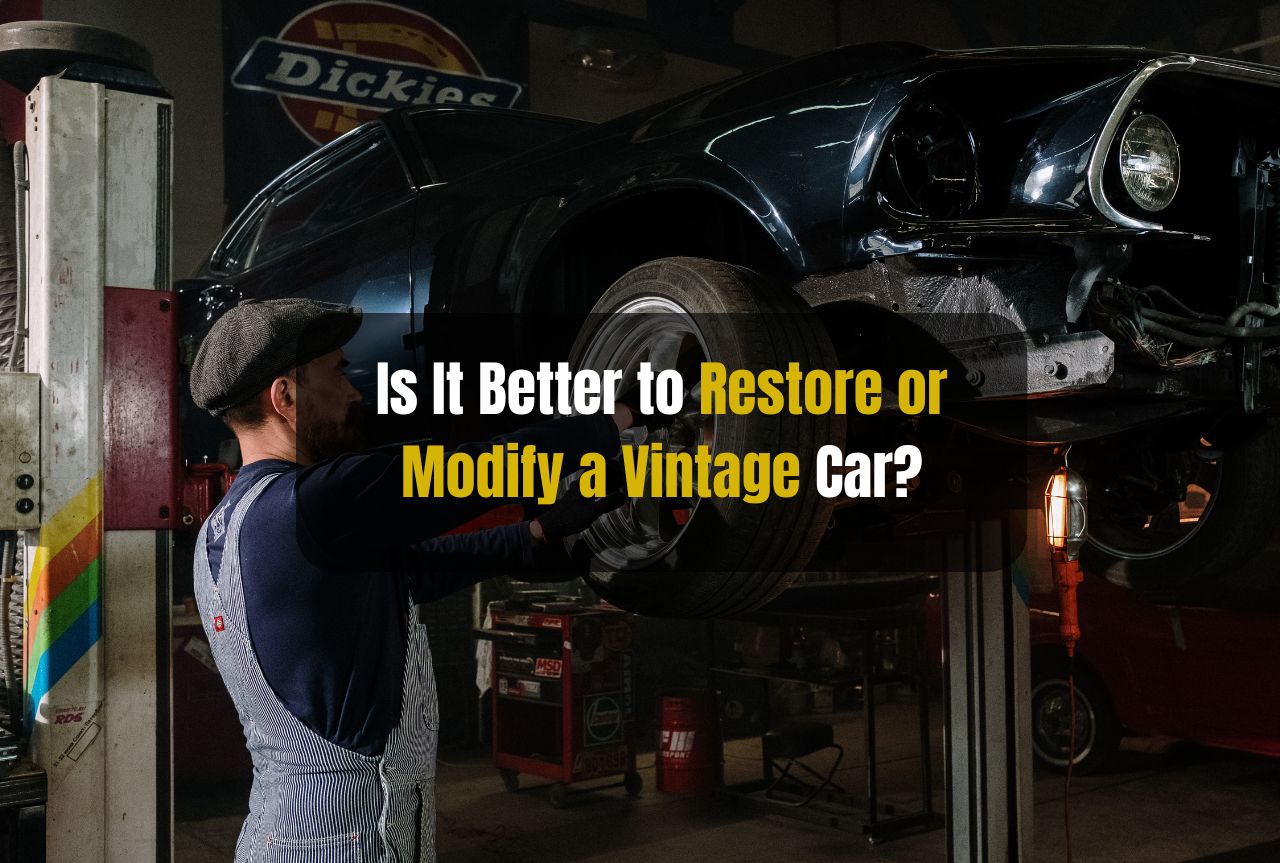
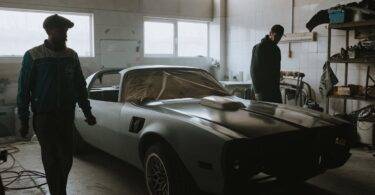

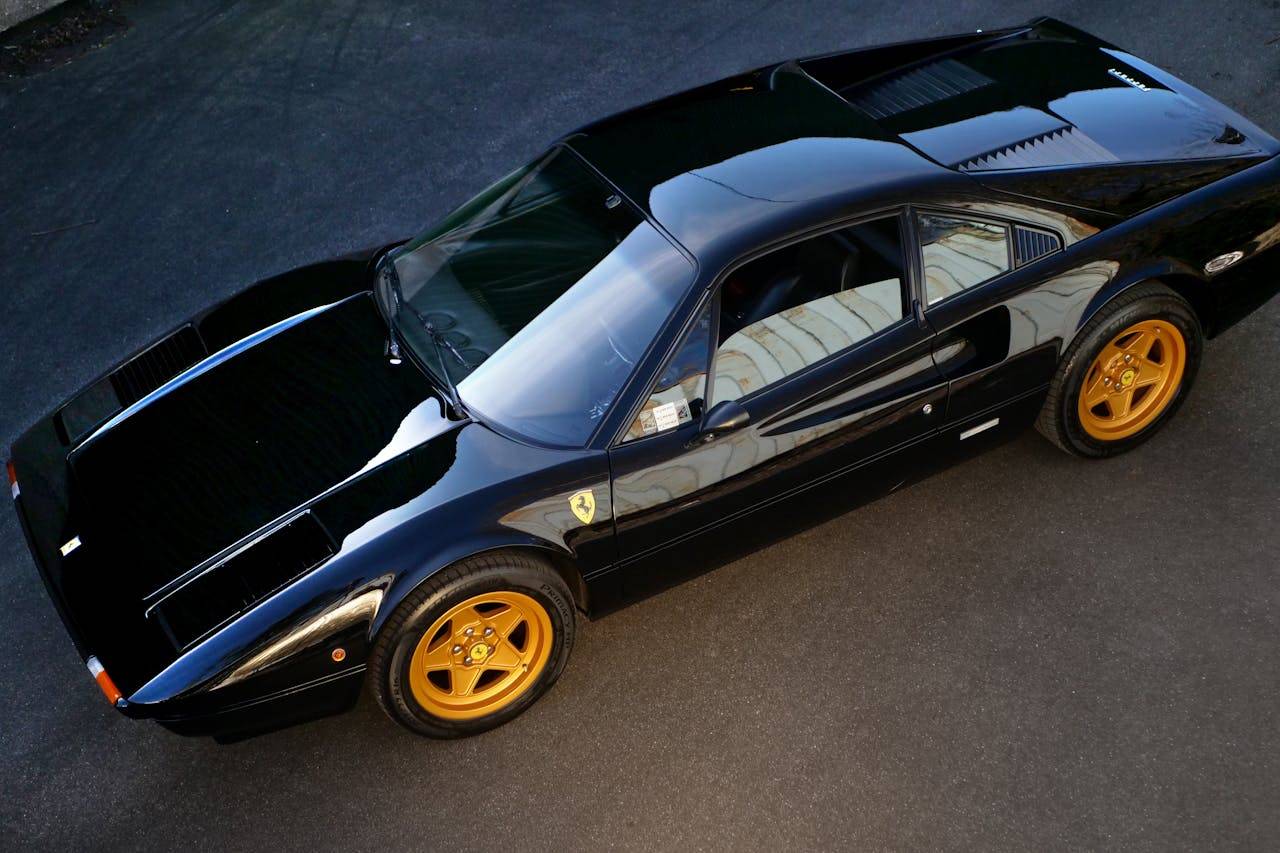
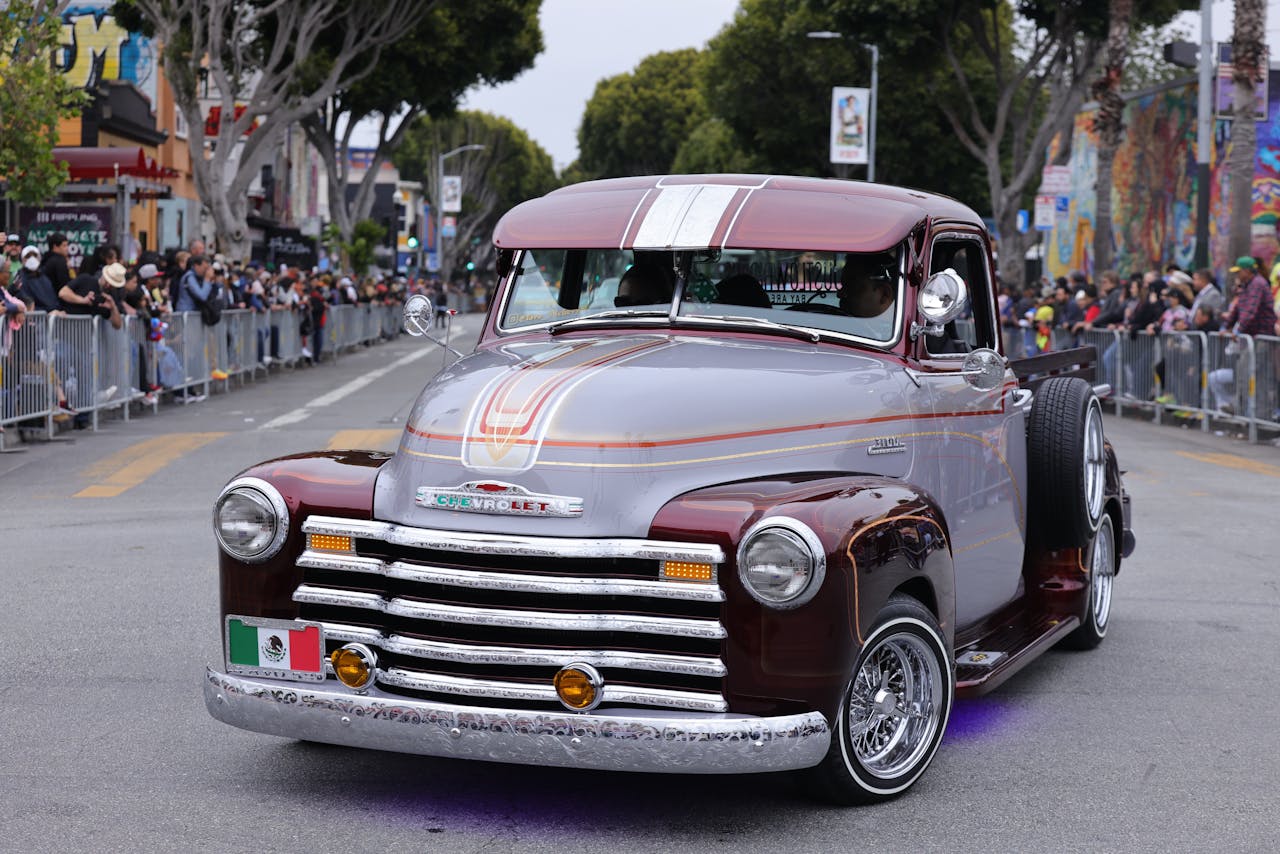
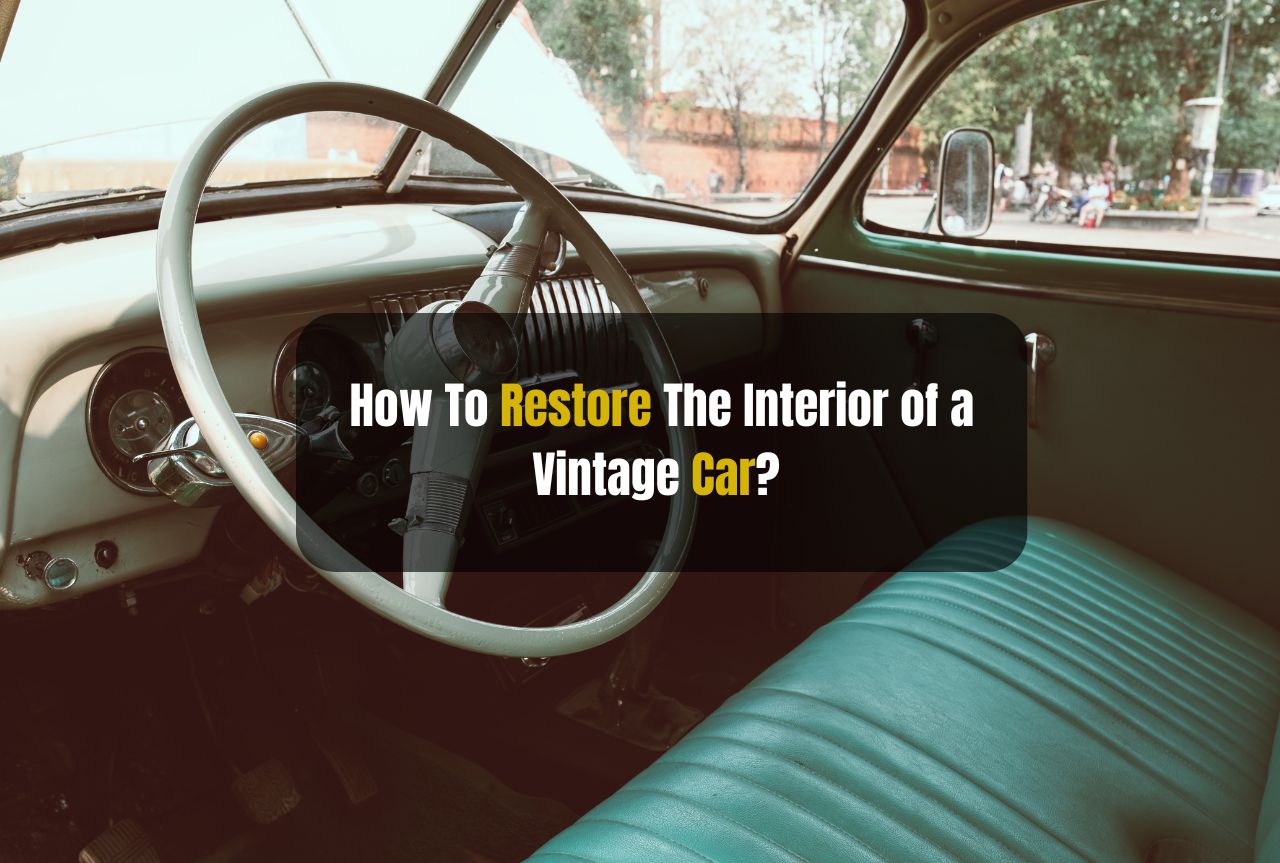
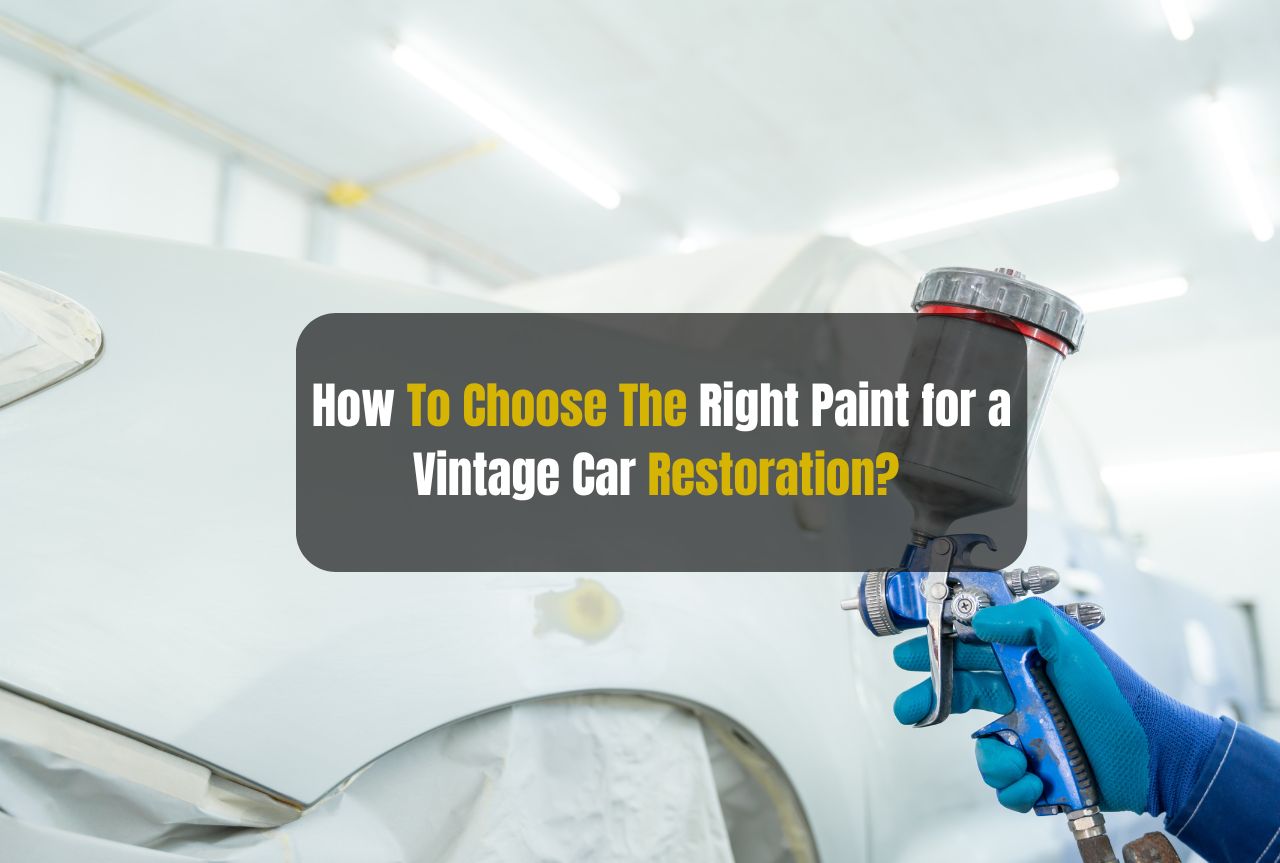
Leave a Comment